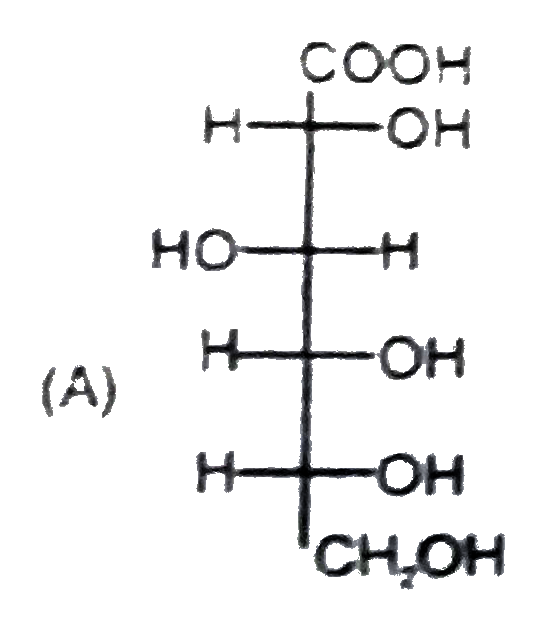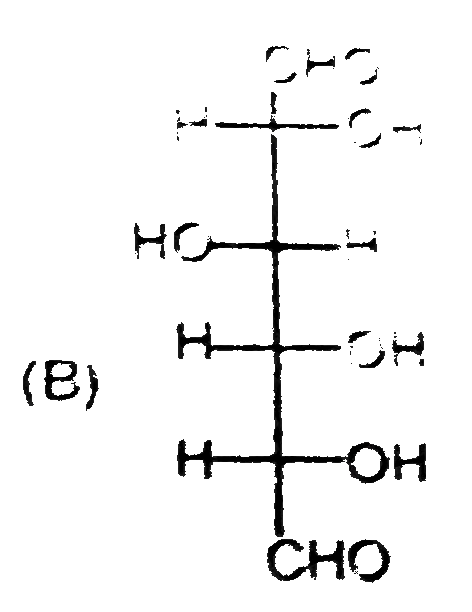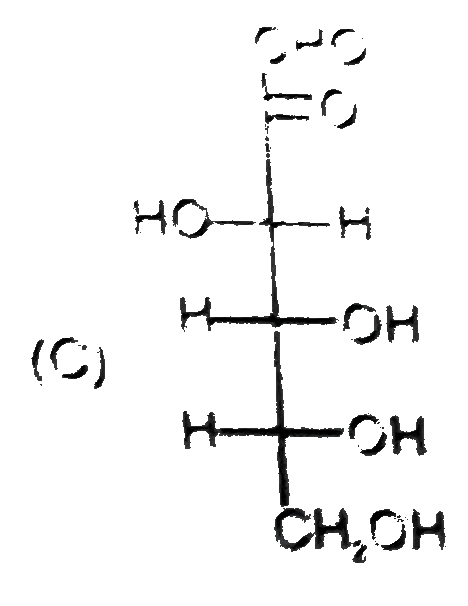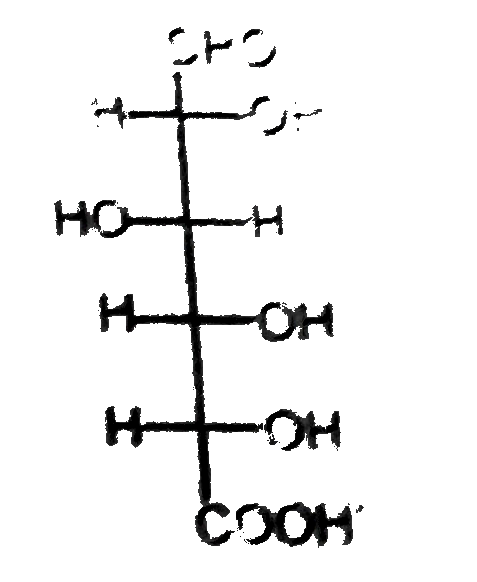A
B
C
D
Text Solution
AI Generated Solution
The correct Answer is:
|
Topper's Solved these Questions
BIOMOLECULES
MODERN PUBLICATION|Exercise Competition file (OBJECTIVE TYPE QUESTIONS) (B. MULTIPLE CHOICE QUESTIONS)|24 VideosView PlaylistBIOMOLECULES
MODERN PUBLICATION|Exercise Competition file (OBJECTIVE TYPE QUESTIONS) (B. MULTIPLE CHOICE QUESTIONS) (JEE (MAIN) & OTHER STATE BOARDS FOR ENGINEERING ENTRANCE)|54 VideosView PlaylistBIOMOLECULES
MODERN PUBLICATION|Exercise HIGHER ORDER THINKING SKILLS (ADVANCED LEVEL QUESTIONS WITH ANSWERS)|14 VideosView PlaylistALDEHYDES ,KETONES AND CARBOXYLIC ACIDS
MODERN PUBLICATION|Exercise UNIT PRACTICE TEST|13 VideosView PlaylistCHEMISTRY IN EVERYDAY LIFE
MODERN PUBLICATION|Exercise UNIT PRACTICE TEST|13 VideosView Playlist
Similar Questions
Explore conceptually related problems
Knowledge Check
A
B
C
D
Submit
A
B
C
D
Submit
A
B
C
D
Submit
Similar Questions
Explore conceptually related problems
MODERN PUBLICATION-BIOMOLECULES-Competition file (OBJECTIVE TYPE QUESTIONS) (A. MULTIPLE CHOICE QUESTIONS)
- Maltose is made up of :
01:27
|
Play - Invert sugar is mixture of
01:50
|
Play - Glucose on treatment with sodium amalgam gives
01:40
|
Playing Now - Glucose molecule reacts with X number of molecules of phenylhydrazine ...
07:27
|
Play - Callulose is not digestible by human beings due to the absence of cell...
02:00
|
Play - alpha-D(+)-glucose and beta-D(+) glucose are
02:39
|
Play - Complete hydrolysis of cellulose gives:
01:00
|
Play - Which of the following statements is not true about glucose?
04:17
|
Play - The amino acids are the end-products of the digestion of
01:05
|
Play - The sequence in which amino acids are arranged in a protein molecule r...
01:45
|
Play - The bond that stabilizes the secondary structure of proteins is
02:00
|
Play - Which of the following is a protein?
01:25
|
Play - Which amino acid has no asymmetric carbon?
02:54
|
Play - Which statement is incorrect about the peptide bond?
01:10
|
Play - In basic medium, alanine exists as
02:07
|
Play - Which of the following is not an essential amino acid?
02:17
|
Play - Denaturation of protein leads to loss of its biological activity by :-
02:21
|
Play - In which of the following pair, both the proteins are same type, fibro...
02:22
|
Play - The chemical messengers produced in ductless glands are called:
01:53
|
Play - Which of the following hormones control the homeostasis of glucose ?
02:17
|
Play



